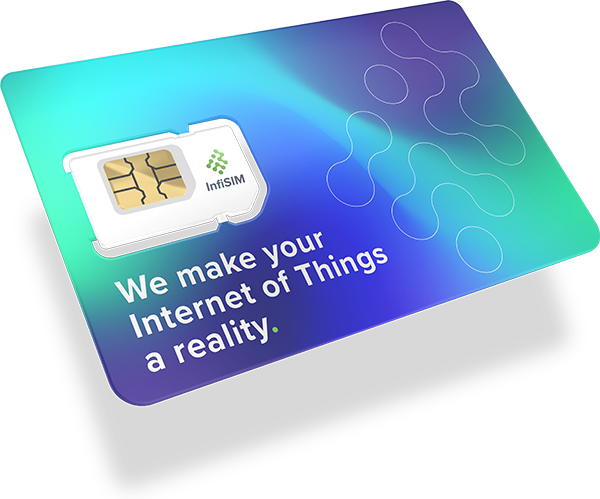Enhance customer experience with IoT.
IoT in hospitality
Harnessing the power of IoT in the hospitality industry
IoT technology has completely overhauled the hospitality industry. By connecting devices and systems for data analysis, hospitality businesses are benefitting from improved operational efficiency and guest satisfaction.
IoT and its potential for the hospitality industry
IoT technology can include anything from smart thermostats in hotel rooms to connected kitchen appliances in restaurants. By enabling real-time communication among these devices, IoT allows for better data collection, more streamlined operations, and an enhanced customer experience.
IoT offers many potential benefits in the hospitality industry, which relies heavily on exceptional customer service and seamless processes. These include improved operational efficiency, better energy management, and enhanced safety and security measures.
Hospitality case studies | IoT in action
Challenges of implementing IoT in hospitality
While the potential benefits of implementing IoT in the hospitality industry are considerable, it’s also important to acknowledge the challenges involved.
Future personalisation with IoT
The future of IoT in hospitality is undoubtedly tethered to personalisation. IoT offers an opportunity to create a tailored guest experience beyond what has been traditionally possible.
Experts predict that hotel rooms will become even more innovative where every aspect of the guest experience is customised, from room temperature to entertainment options, based on individual preferences. IoT, in combination with artificial intelligence (AI), could anticipate guests’ needs, providing services before they are even requested.
Conclusion
The Internet of Things presents a transformative potential for the hospitality industry. With its ability to personalise guest experiences, streamline operations, and enhance overall service quality, IoT represents a significant shift in how hospitality providers meet and exceed their customers’ expectations. However, implementing IoT successfully comes with challenges concerning data security and privacy.
Reliable and secure connectivity plays a vital role in effectively addressing these challenges. This is where M2M SIM cards prove their worth. With careful planning, clear communication with guests, stringent data security measures, and reliable connectivity provided by InfiSIM’s IoT SIM cards, the hospitality industry can fully leverage the power of IoT. By implementing these changes, businesses can provide a higher level of service tailored to the demands of the digital era.
Frequently asked questions (FAQs)
Why use InfiSIM for your IoT SIMs?
InfiSIM are one of the most reputable IoT SIM card providers with hundreds of thousands of SIMs deployed globally. We have UK-based support and fantastic reviews, so you can be sure that your business is in safe hands.
